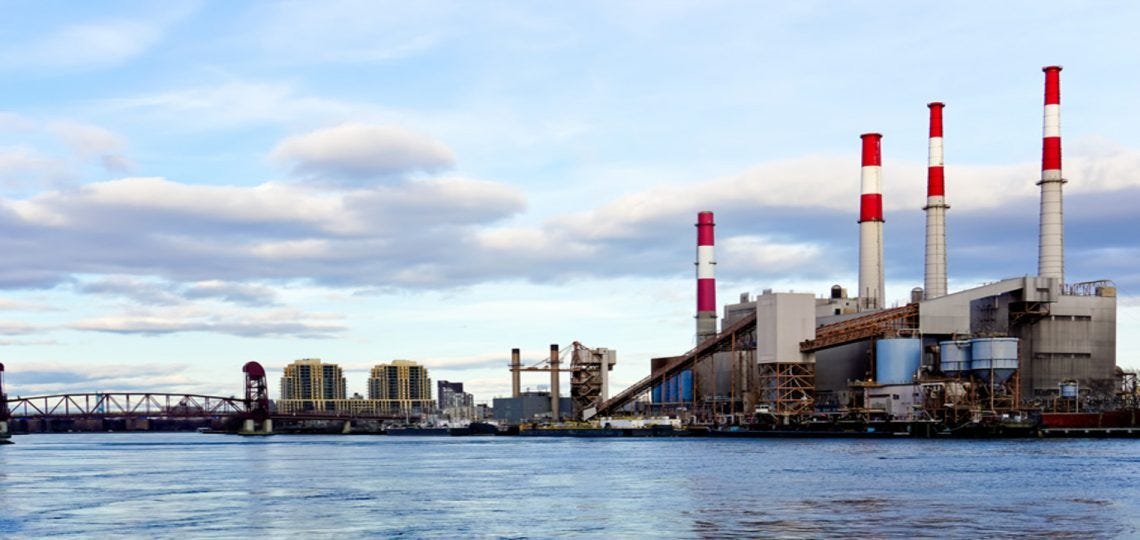Climate Change, Energy Change, and the Future of GHG Emissions
by Sonam Velani and Tamar HonigAt NY Climate Tech, we’re excited to kick off this month’s theme focused on the relationship between energy and climate, and key drivers in the clean energy transition.
Energy–powering industry, transport, homes, this very device you’re reading on–contributes to around 60% of global greenhouse emissions. Despite progress from renewables, around 80% of global energy is still derived from fossil fuels. Thus, decoupling energy access from carbon intensive sources is essential for reaching global climate targets.
Ravenswood Generating Station in Long Island, which supplies more than 20% of NYC’s energy mostly from gas and oil, will be repurposed for renewable energy storage. (Photo: Energy News)
Last year in the US, renewables surpassed coal for the first time as a source of electric power generation. But cleaner electricity is only a piece of the puzzle. In the US, only about 40% of total energy is used for electricity generation. Traditionally fossil fuel heavy industries like transport are two sectors with the greatest opportunity for electrification.
The IEA (International Energy Agency) identifies the key pillars of energy decarbonization as energy efficiency, behavioral changes, electrification, renewables, low carbon fuels, and carbon capture and storage. There remains significant gaps across all pillars when tracking against the 2050 net zero emissions scenario, and concerted efforts in policy, investments, technology commercialization & more are needed to accelerate the massive systems transition towards affordable, reliable, sustainable and modern energy for all.
NYC Area power mix 2021 (Source: Office of the New York City Comptroller)
In 2019, NYC City Council passed the Climate Mobilization Act, a package of legislation aiming to reduce greenhouse gas emissions by 40% by 2030 and 80% by 2050. To achieve this goal, the city has implemented several initiatives, including the expansion of renewable energy and phased caps on building emissions (known as Local Law 97).
In the coming weeks, we’ll take a close look at what’s working, what’s needed, and local efforts to accelerate the clean energy transition!
by Sonam Velani and Tamar Honig
